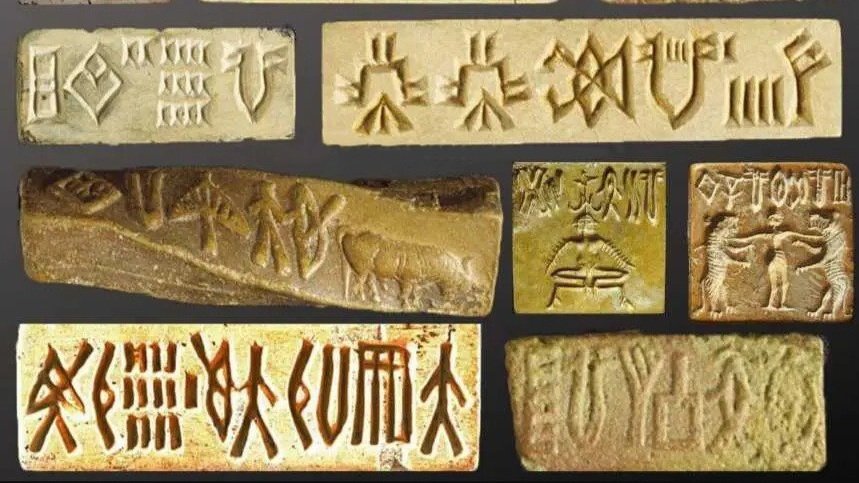ASI to organise global meet on decoding Indus Valley script

Key Facts on Indus Valley Script (c. 2600-1900 BCE) :
-
Undeciphered Nature:
-
The Indus script is yet to be deciphered.
-
Main reasons: no bilingual inscriptions (like Rosetta Stone for Egyptian), very short inscriptions, and no consensus on the language behind the script.
-
-
Features of the Script:
-
Contains over 400 symbols, many of which are pictographic.
-
Found on seals, pottery, copper tablets, and tools.
-
Often occurs in short sequences, mostly less than 5 symbols long.
-
Written mostly from right to left, as seen in some seal impressions.
-
-
Hypotheses:
-
Some scholars argue it could be non-linguistic symbols or proto-writing.
-
Others suggest it may be Dravidian-based (Asko Parpola's theory).
-
Still, others propose Munda or Indo-Aryan roots, but none are conclusive.
-
-
Usage:
-
Believed to be used for administrative, trade, and religious purposes.
-
Found in urban centres like Mohenjo-daro, Harappa, Dholavira, etc.
-
-
Logo-syllabic Theory:
-
The script may use symbols that represent both whole words (logos) and syllables (syllabic sounds)—similar to ancient Sumerian and Mayan scripts.
-
-
Significance:
-
One of the earliest writing systems in the world (2600–1900 BCE).
-
Key to understanding the socio-political and economic aspects of the Indus Valley Civilization.
-
-
Prelims Pointers:
-
It is not yet deciphered.
-
It was mostly pictographic and right to left.
-
Found mainly on seals and pottery.
-
The Rosetta Stone type bilingual text is absent, hindering progress.
-
Recent efforts (like the upcoming ASI conference) aim to revive interest and scholarly collaboration in this area.
-
